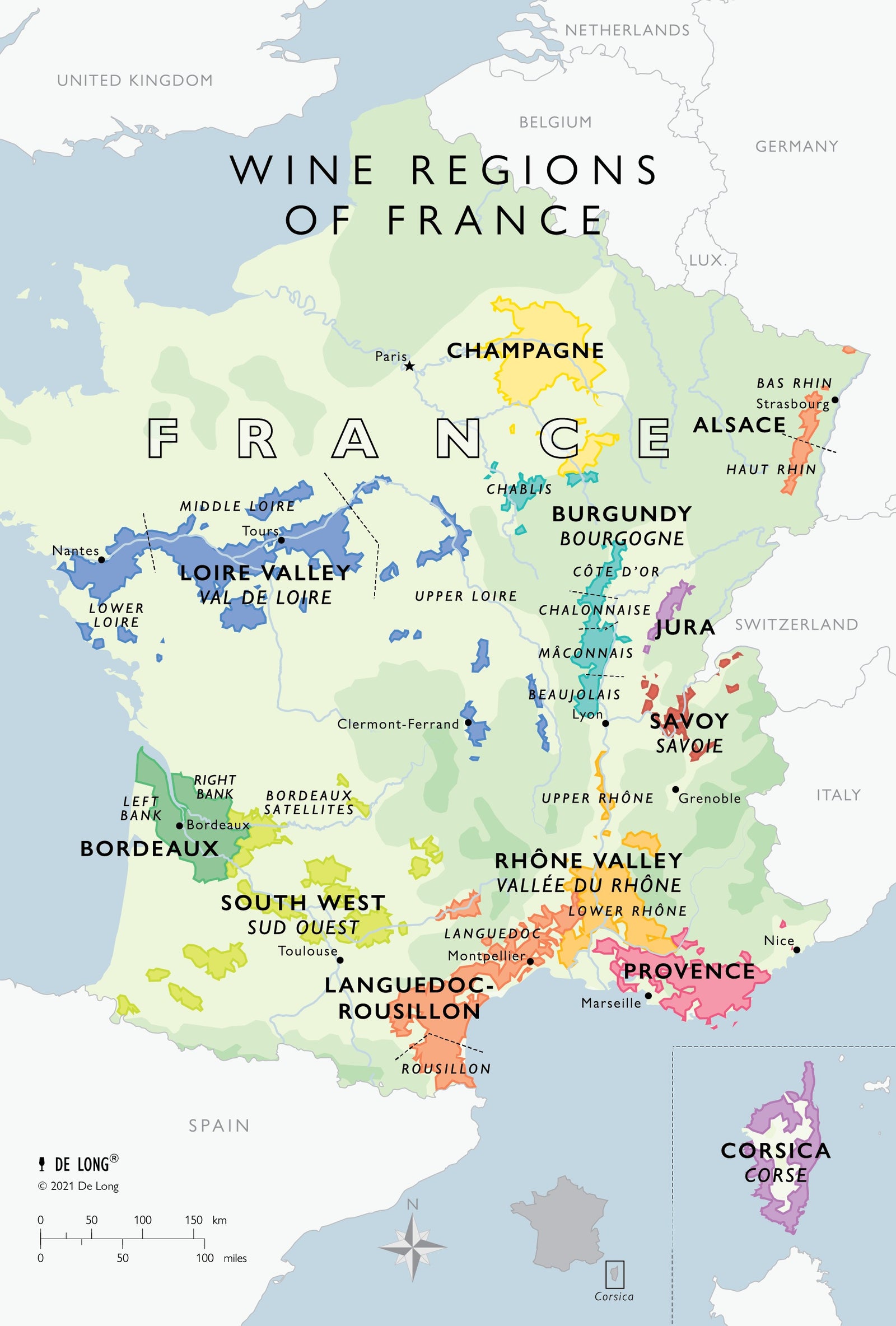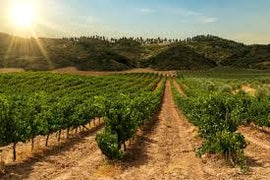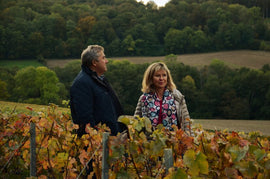France is renowned for its diverse wine regions, and many of them produce rosé wines. As of now, there are at least 12 major French wine regions known for making rosé:
Provence - The most famous for rosé, known for its pale and dry style.
Languedoc - Produces a wide range of rosés, often with a bit more body.
Côte de Provence - A sub-region of Provence, famous for its rosé.
Côtes du Rhône - Known for both red and rosé wines, often with a fruitier profile.
Bordeaux - More famous for red and white wines, Bordeaux also produces rosé, often of the Bordeaux Clairet style.
Loire Valley - Produces rosé in various styles, including the fruity Rosé d'Anjou.
Alsace - Known more for its whites, but rosé is also made, often with a bit of a fruity character.
Champagne - Primarily famous for its sparkling wines, Champagne also produces rosé, mostly as a sparkling version.
Corsica - Produces rosé with a unique character influenced by its Mediterranean climate.
Savoie - Known for its alpine wines, including some excellent rosés.
Jura - Makes rosé with distinctive local character.
Roussillon - Produces a range of rosé wines with a more robust style.
This month we’ve decided to showcase a Bougueil rosé from the Loire Valley, and a Provence-esque rosé made in the Minervois region of the Languedoc.
Just outside of the village of Benais, in the heart of the Touraine, sits the lovely Domaine de la Chanteleuserie. This “place where the larks sing,” as the name means, is perched on a limestone plateau in an idyllic landscape. Moïse Boucard, a respected vigneron whom Kermit Lynch discovered in 1976, has not only given his good sense of humor and modesty to his son, Thierry, but his winemaking skills, too. The seventh generation of winegrowers at Chanteleuserie and the second generation to be working with KLWM, Thierry now shares the domaine with his wife, Christine. This is the land of Cabernet Franc, better known locally as “Breton.” While some vignerons in the area add up to 10% Cabernet Sauvignon, the Boucards make pure varietal wines. The Chanteleuserie vineyards enjoy full southern exposure on limestone and clay, with a subsoil of porous, chalky tuffeau that also provides cellars with naturally ideal aging conditions. Thierry keeps yields low and protects his harvest by bringing the grapes in quickly and keeping them cool during destemming. Temperature control continues during fermentation to preserve freshness and acidity, thereby avoiding the rude tannic bite found in some Bourgueils. The wines are later racked into foudres for additional roundness of texture and depth.
Château Ste. Eulalie is located in the Minervois region of France’s Languedoc region, midway between Narbonne and the Medieval town of Carcassonne. The rugged Montagne Noire rises behind the chateau, marking the end of the Massif Central; to the southwest, the snowy peaks of the Pyrenees can be seen on the horizon. Narbonne and the Mediterranean lie 45 minutes to the south. It was purchased by Laurent and Isabelle Coustal in 1996, who have undertaken the entire renovation of the vineyards and chais. The estate is comprised of 34 hectares on terraces 200 meters above the town of La Livinière. Long regarded as the finest section of Minervois, La Livinière has now been recognized as an official “Cru de Languedoc” and is entitled to its own appellation. The stony clay and limestone soil is planted with Syrah, Grenache, Carignan and Cinsault, with an average age of 30 years. The Domaine also includes some century-old Carignan and 70-year-old Grenache vines. Viticulture is organic and is Certified Sustainable.
Think Pink,
Carrie Upson
|
Domaine de la Chanteleuserie Bourgueil Rosé |
|
|
Region/Country of Origin: Bourgueil, Loire Valley, France |
About the Winemaking: Rosé made 30% by saignée and 70% by direct press. Direct pressing helps with the fruit and aromatic finesse, and bleeding adds length and complexity in the mouth. Fermented in stainless steel tanks. No residual sugar or malolactic fermentation. Tasting Notes: This is a gorgeous Rose made from Cabernet Franc that is broad, generous and insanely gulpable. Herbal, dark berry and some tobacco on the finish. I love the texture here, the wine feels almost chewy there is so much fruit. Long, long finish. |
|
Winemaker: Thierry Boucard |
|
|
Price per bottle / Price per case: $18.99 btl / $205.09 case |
|
|
Suggested Food Pairing: Raw vegetables, cold meats, grilled chicken skewers, as an aperitif. Serve very cold. |
|
|
Château Ste. Eulalie “Printemps” Minervois Rosé |
|
|
Region/Country of Origin: Minervois, Languedoc, France |
About the Winemaking: Fermentation using the Provençal technique of direct pressing produces this vibrant, dry rosé. Aging is in neutral tanks. Bottling is in late December for maximum freshness. Organic and certified sustainable. 25% each Syrah, Grenache, Cinsault, and Mourvèdre from up to 40 year old vines. Tasting Notes: The exuberant nose redolent of strawberries is followed by flavors of red currants and watermelon, a hint of licorice and a refreshingly dry finish. |
|
Owner: Laurent and Isabelle Coustal |
|
|
Price per bottle / Price per case: $19.99/$215.89 |
|
|
Suggested Food Pairing: Exceptionally good with Mediterranean cuisine and a little bit of spice such as tajine and pastilla. |
|





